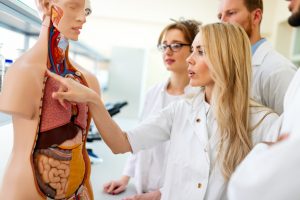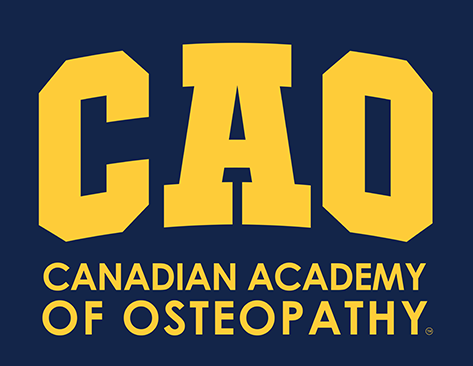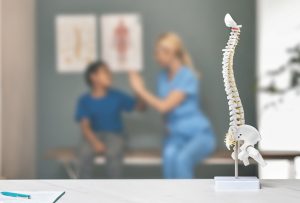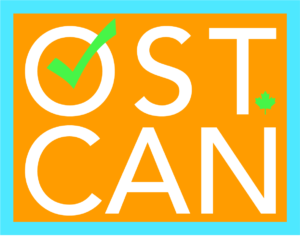Pursuing a career in osteopathy is exciting for anyone looking to help others and make a real difference in their quality of life. Osteopathic Manual Practitioners have the ability to understand their patients’ bodies as a whole, helping them address discomfort they may be facing through careful assessment.
Within the principles-based curriculum at the Canadian Academy of Osteopathy, we prioritize an understanding of the body as a whole, which helps Osteopathic Manual Practitioners customize treatments for each individual patient. Learning how to understand these principles and utilize them when needed allows our graduates to create effective treatment plans. Continue reading to learn more about our unique curriculum and find out why it could be just right for you.
Why Our Osteopathy School Uses a Principles-Based Approach
When we refer to principles in our osteopathy school curriculum, we are identifying the laws or rules of osteopathy, which provide the reasoning for every step of your practice. The principles are the “why” behind why you will use a particular technique on a patient, and how it will help them. Principles-based osteopathy training is about customizing the technique for the patient in the moment. At the CAO, students receive hands-on principles-based training in a two-fold approach to help solidify their understanding of these principles and how and when to properly apply them.

Understanding Theory and History to Better Guide Your Studies
Theory and history are also important for all osteopathy pathways, since these help students understand the origins of osteopathy principles. Understanding the origins of osteopathy principles and how they have been used throughout history allows students to gain a comprehensive perspective on their benefits, allowing them to more effectively help their future clients.
The CAO curriculum focuses on the writings of A.T. Stills and his early students. Students get to complete literature reviews, discuss their understanding, and debate the applications of these theories in practice. This structure allows students to collaborate and gain important insight, giving them a more comprehensive understanding of the principles of osteopathy.
A Comprehensive Approach for Effective Learning
The final core component of our principles-based curriculum involves covering key concepts in anatomy and physiology. This knowledge, combined with an understanding of osteopathy principles and technique, is what allows our graduates to customize treatment plans when working on patients. Rather than reply on technique alone, students are able to use their understanding of osteopathy principles, anatomy and physiology, as well as technique, to get at the disfunction the patient is experiencing. This structure moves our program away from the traditional allopathic model and toward a fully integrated osteopathic model that examines the body as a whole.

We have education pathways for those with prior experience and for those without, making it a great option for those looking to get into a career as an Osteopathic Manual Practitioner. Students who do have previous healthcare experience are able to bypass the Induction Prep course and start osteopathy training directly, while those without can first take the Induction Prep course to get them up to speed.
Are you interested in becoming an osteopathy professional?
Contact the CAO for more information!



